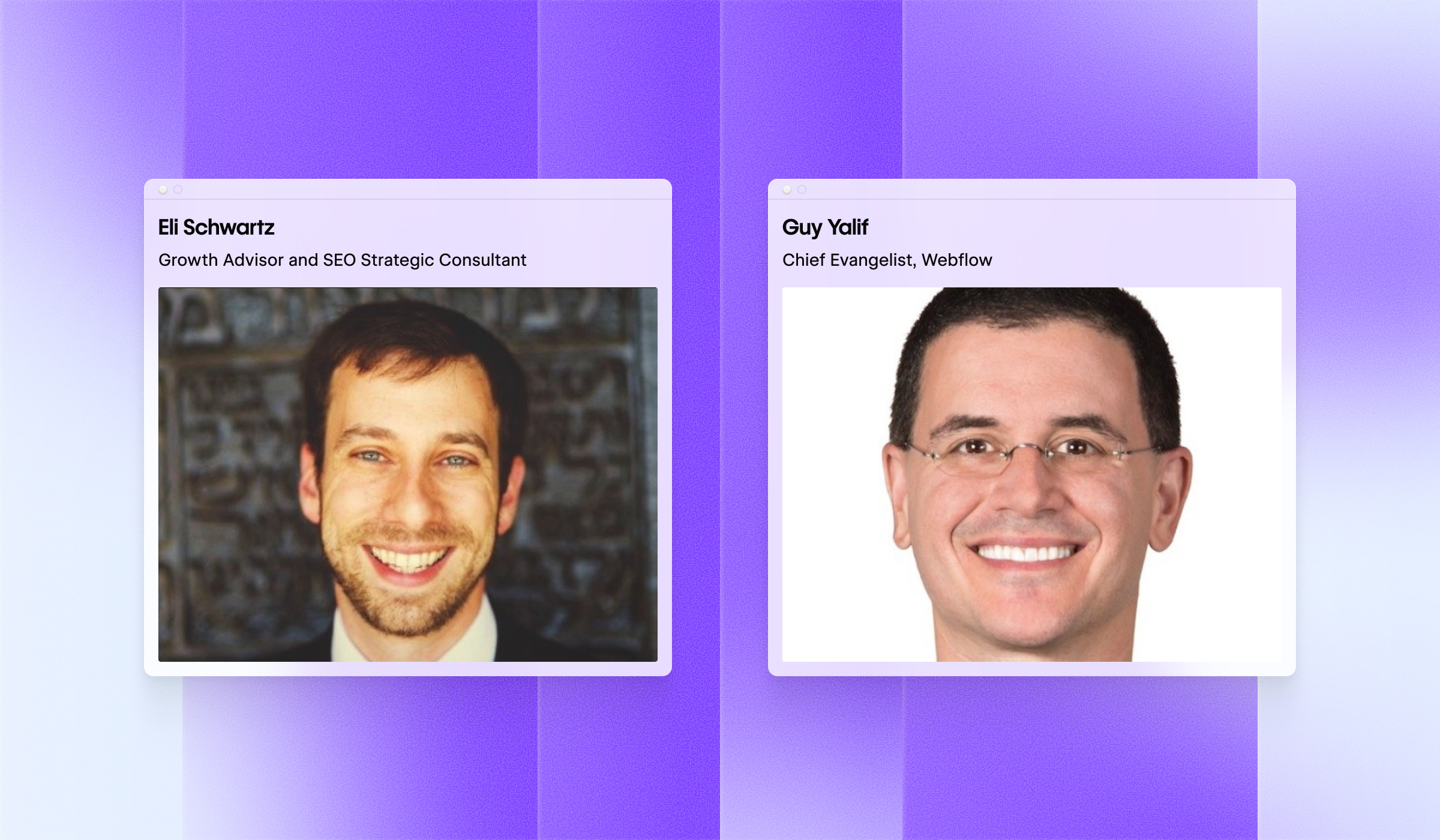No-code for enterprises
Why enterprises should build web experiences in a visual environment

Thank you for downloading!
The ebook opened in a new tab, and we sent a copy of it to your email.
About this ebook
You don’t do bookkeeping in literal books anymore — you use spreadsheets. You don’t have data centers anymore — you’re storing data in the cloud. It’s time to stop coding your enterprise's websites by hand, too. Outdated, bloated web development processes don’t scale.
Read our ebook to learn how:
- No-code helps enterprises scale;
- Marketing teams benefit from no-code tools;
- How MURAL increased self-serve revenue by 37% with no-code;
- And a whole lot more.
Other resources
No items found.
Schedule a demo
Build better websites — faster — with the power of Webflow. Backed by advanced security, custom traffic scaling, guaranteed uptime, and much more.
Build better websites — faster — with the power of Webflow. Backed by advanced security, custom traffic scaling, guaranteed uptime, and much more.
























